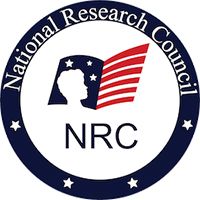236 reads
On-Line Data-Acquisition Systems in Nuclear Physics, 1969: Chapter 1 - MATCHING COMPUTERS TO TASKS
by
August 22nd, 2022
Audio Presented by

On-Line Data-Acquisition Systems in Nuclear Physics
About Author
On-Line Data-Acquisition Systems in Nuclear Physics